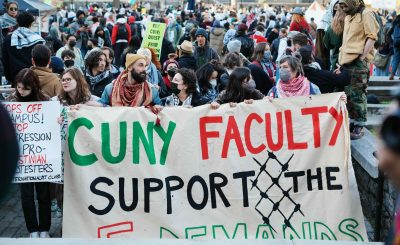By Axel Macero
Opioids have negatively impacted Americans for years. Many become addicts and overdose. Opioid deaths have risen drastically over the years. In 1999, the number of deaths caused by prescription opioids grew to 3,442. In 2017, the number of deaths rose to 17,029. The decades-long crisis has torn Americans, and proper and effective treatments could help prevent more deaths. Â
However, doctors and patients have not utilized these treatments. The simple answer is that the treatments are expensive. Insurance does not cover these treatments and medications.
How can we expect people to overcome these addictions if those in charge are not helping the public?
Insurers should not withhold the help they can provide to needy Americans.

These are not the only reasons patients with opioid addiction have not received treatment. Doctors need special training to obtain waivers to prescribe buprenorphine, a medication fighting against opioid addiction. Doctors could not prescribe buprenorphine, which could save patients’ lives and thousands nationwide. It was only last year that this changed.
Even with the policy change, America must help its citizens and aid that can positively affect the people suffering from opioid addiction. The government should support its population and enable people to prosper through opioids. Not only will it prevent more deaths, but it could also prevent people from losing a loved one.
Additionally, the opioid crisis impacts America’s economy. In 2020, the opioid crisis cost the U.S. nearly 1.5 trillion dollars. The pandemic had a significant economic impact, although it did not allow access to needed treatment. Nevertheless, the opioid crisis has had a substantial economic impact over the years and was not excluded during the Covid-19 emergency. So, it is up to the local communities to figure out a solution to the crisis.



